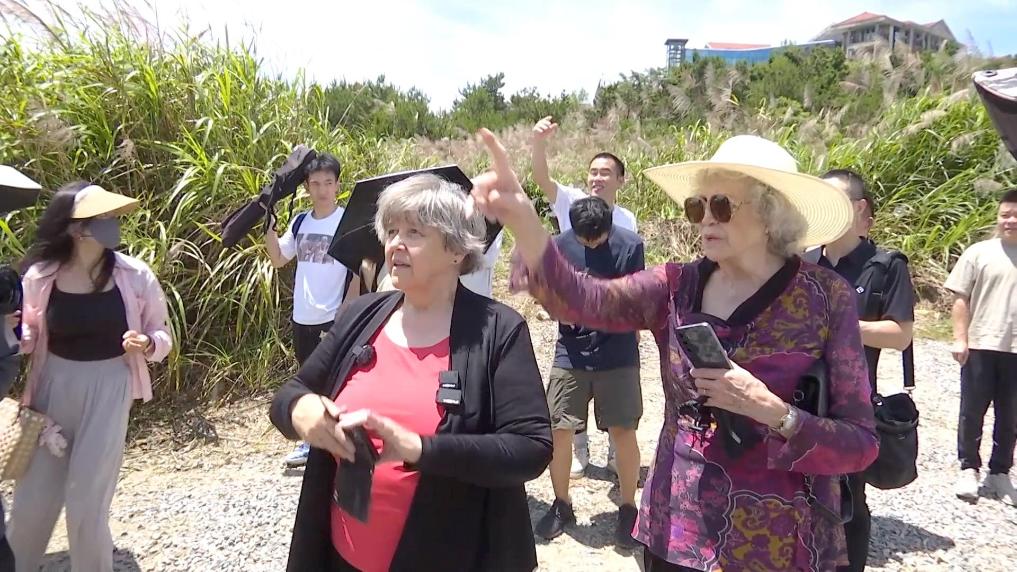LHASA, June 25 (Xinhua) -- In a short video made last summer, Kalzang Lhundrup fed three lost baby Tibetan antelopes with a milk bottle. The tiny creatures huddled closely together, their black noses glistening.
"Those little ones successfully returned to nature last November," said Kalzang Lhundrup, head of the Norbu Yugyel wildlife conservation station in Nyima County, Xizang Autonomous Region, southwest China.
His phone was filled with photos taken during work: a small Tibetan antelope eating tsampa (a traditional Tibetan staple made from barley flour) from his hand, a recovering wolf lying beside him, a large brown bear he and his colleagues had rescued...
The stories behind the photos all trace back to Norbu Yugyel, once the guardian of countless creatures on the plateau and a hero to Kalzang Lhundrup.
Norbu Yugyel, formerly a police officer at the local forest public security police station, sacrificed his life while apprehending poachers in Changtang National Nature Reserve in 2002. The reserve, home to 10 national first-level protected wild animals and 21 national second-level protected wild animals, covers a total area of 298,000 square kilometers.
The station bears his name and guards a critical access point into the sparsely populated area with an average altitude exceeding 4,600 meters. There are 14 conservation officers at the station.
"I have known about Norbu Yugyel since childhood," Kalzang Lhundrup said. "In the 1990s, he caught many poachers and confiscated hundreds of Tibetan antelope pelts."
Records show that within 20 days before Norbu Yugyel's death, he patrolled over 3,000 km.
For years, Kalzang Lhundrup and his colleagues have bravely endured extreme weather conditions, scarce supplies, a complete absence of phone and internet signal, and the arduous, lengthy patrol "road" as there are no ready-paved roads for the patrol.
Without signals and roads, their convoy relied on memory, tire tracks from previous patrols, and the uniquely shaped mountains served as their guideposts.
"Several bursts of snow can fall in a single day, even during summer, and we have to wait for the snow to stop before we can proceed," said Kalzang Lhundrup.
Gagya Darmang, a conservation officer at the station, recalled that a one-way journey to "sweet water bay," where Tibetan antelopes give birth every June, took three days on horseback in the past. Today, it only takes five hours by car.
Back then, without laptops or smartphones, they could only roughly estimate that around 10,000 pregnant Tibetan antelopes migrated to "sweet water" to give birth.
"The number of Tibetan antelopes giving birth here this year has exceeded 100,000," said Gagya Darmang.
The conservation station welcomed a new member -- Pema Drakpa, the son of Gagya Darmang. Under the influence of his father and predecessors, Pema Drakpa joined the wildlife conservation cause.
"Since I was a child, I have followed my father to patrol in the reserve, and I can understand the deep feeling he has for this land," Pema Drakpa said.
Above their work, the central and regional governments have also approved and implemented the plan and the law on ecological protection on the Qinghai-Xizang Plateau over recent years. Official figures show that the population of Tibetan antelopes in the region had grown to over 300,000 as of 2023. ■











